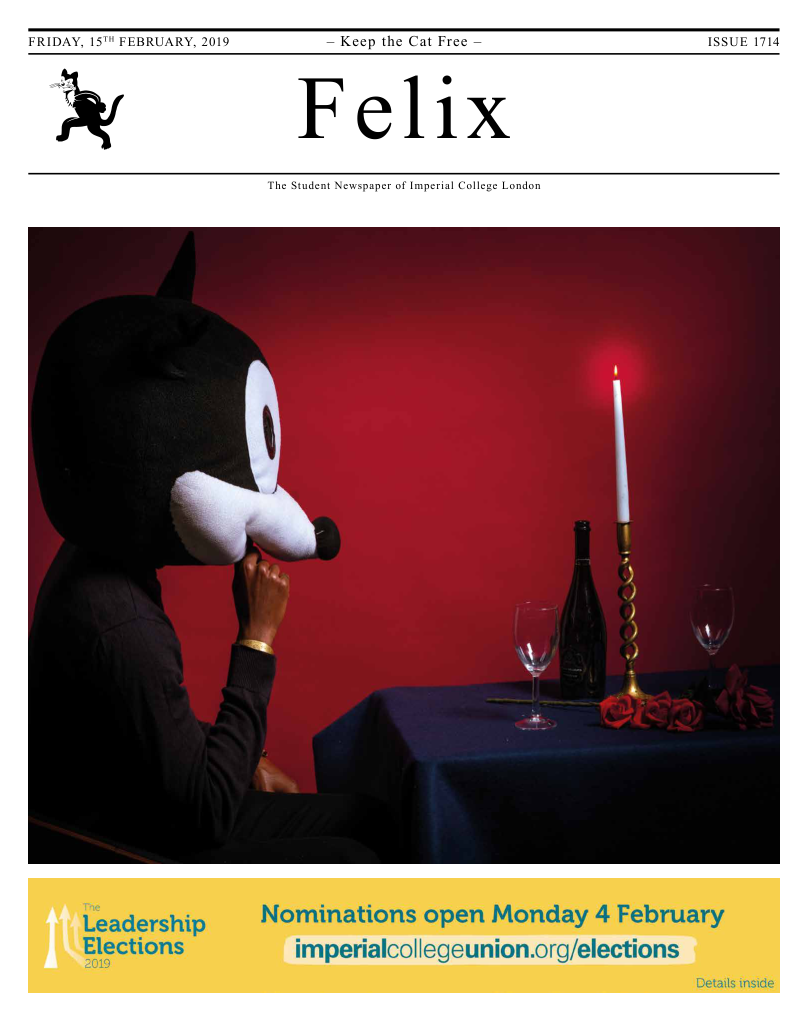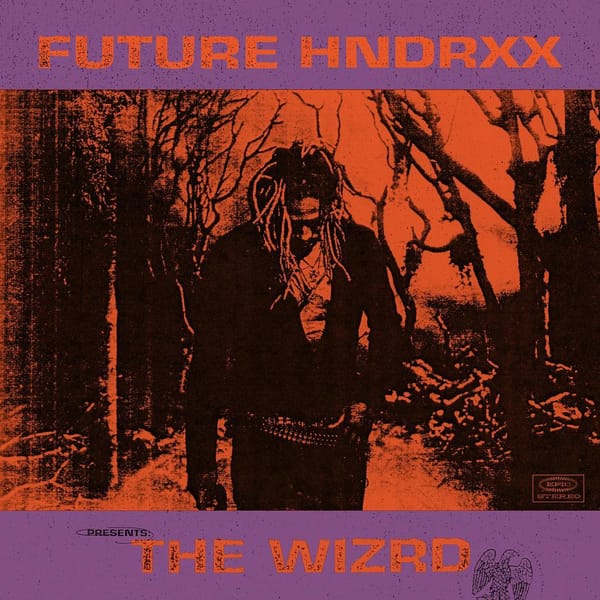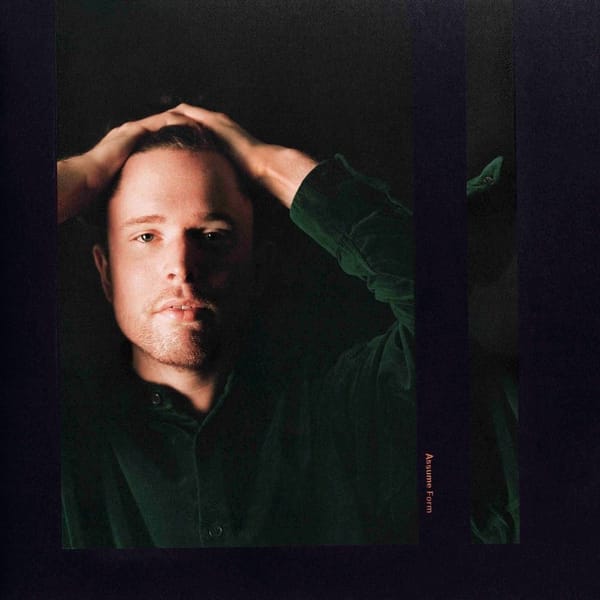Kendrick vs Kendrick: To Pimp A Butterfly or good kid m.A.A.d city?
As the end of a decade in which Kendrick Lamar has dominated approaches, which of his records is truly the best?

Ten years ago today, the name Kendrick Lamar meant no more than anyone else’s. The now 31-year-old rapper was still going by K-Dot and would shortly receive a career-changing cosign from Lil Wayne. Today he is one of the best known and certainly most respected artists in music. With twelve Grammys and four platinum records under his belt – not to mention the first Pulitzer prize awarded to a non-classical or jazz musician – few can claim to have been so successful in both critical and commercial fields.
But as the 2010’s – or teens, as this decade may be (hopefully not) known – draw to an end, music fans everywhere must ask themselves, “what was the best album the decade?” For many the answer will be a project by Kendrick Lamar – but which? The decision may at least be narrowed; only two of Duckworth’s records pack the lyrical, musical and conceptual punch to be up for consideration. While both Section.80 and DAMN., have many a good quality between them, neither match the precision and cohesion of our two contenders: To Pimp A Butterfly and good kid, m.A.A.d city.
Critical heavyweight To Pimp A Butterfly (TPAB) clocks in with eleven Grammy nominations, five wins, and platinum status. ‘How Much A Dollar Cost’ even earned the top spot on Obama’s song of the year list. With brazen influences from jazz, funk, and soul, the record is an ear opening experience; every track boasts instruments and textures a hip-hop historian would be hard pressed to find on any other record in the genre. From Thundercat’s bubbly licks slinking all over opener ‘Wesley’s Theory’ to the skipping beat, warped, and increasingly trippy vocals (courtesy of a Sufjan Stevens sample) of ‘Hood Politics’, Lamar’s bold experimentalism serves the record well. ‘For Free?’ brings a wailing big band to Lamar’s caricaturish demands for wealth from an exploitative record industry (“I need forty acres and a mule / not a 40 ounce and a pit bull”) blending together to create a surreal swagger. Another standout moment from ‘u’ sees a distant sample hopping seemingly at random from ear to ear in your headphones, while K-Dot murmurs to himself, suicidal and depressed in his hotel room, creating a supremely palpable moment.
One of Duckworth’s greatest talents is undoubtedly his storytelling ability and both records bring it in spades, both drawing from and dramatizing his personal experience to build a meaningful narrative. GKMC hops between scenes from the lyricist’s adolescence with less regard for chronology than Quentin Tarantino, its tales stitched together by a collection of voicemails and conversation recordings that are surely now quintessential to the hip-hop art form. The moral of our young protagonists’ story is also played out through these scenes, first on ‘Sing About Me, I’m Dying of Thirst’, where Lamar encounters an elderly neighbour (Maya Angelou), who offers him baptism as the beginning of a new life. The wordsmith’s mother also makes an appearance on the album’s penultimate track, advising him to follow music and “tell his story”.
TPAB on the other hand, takes a more refreshing approach with tracks concluded by a spoken word poem – one which grows as Kendrick’s journey through fame and racial politics goes on. Only on the final track is it read in its completed form, alongside an “interview” between Lamar and Tupac, sculpted from old interview clips and finally a second poem, this time fleshing out the metaphor of the inner butterfly – “talent…thoughtfulness” within a “prisoner of the streets”, who exploits his artistic streak to his advantage, with turmoil ensuing. While both interlude styles hem songs together effortlessly and deliver a message similar beyond coincidence, TPAB brings a more unique frame for its 16 tracks to the table, as well as allowing it to deliver its message more powerfully.
GKMC has an appeal that lies not so much in pushing hip-hop’s borders, but creating something original, intelligent, and catchy from its building blocks. Lamar’s first major label release cruises over lush, dark samples, with addictively catchy rhythms and hooks that make it both an engrossing experience and a fitting backdrop for any party. With more typical, though nonetheless gorgeous, production than TPAB, the record is a fun and fascinating listen for hip-hop fans, instrumentals laced with detail (and a healthy helping of Outkast influence) that suit attentive listening as well as relaxation. Lyrically Kendrick had found the formula: flip a hip-hop trope on its head with a hook that sounds as if the trope were being followed. The results? Hits like ‘Swimming Pools (Drank)’, ‘Backseat Freestyle’, and ‘Bitch Don’t Kill My Vibe’, earning the record triple platinum status.
GKMC ’s setting in Lamar’s youth provides the perfect backdrop for him to critique everything from drinking culture to rap’s habit of impossibly hyperbolic braggadocio: “pray my dick get big as the Eiffel tower / so I can fuck the world for 72 hours”. While this leaves Kendrick open to criticism of having his message too easily missed, lines like “all I see is strobe lights blinding me in my hindsight” and “this is cul-de sac and plenty cognac and major pain” prove he has more than enough skill to eloquently balance catchiness with harsh reality.
TPAB is not without its shortcomings; critiqued for its self-indulgence, it’s often dense. Abuzz with intense lyrics, complex harmonies, and rhythms with song structures that veer off into new territory without warning, this record can be challenging, even on repeated listens. Dense harmonies on tracks like ‘Alright’ and ‘Complexion (A Zulu Love)’ might centre their lyrics’ reflection on black culture, but at the price of encumbering the grooves of the tracks. Contrastingly simple, raw tracks like ‘The Blacker the Berry’ and ‘i’ are more than welcome by the end of the record.
In many ways it is good that Lamar has delivered his powerful message in two distinct and thoroughly cinematic masterpieces; fans of the catchy hooks of GKMC might not hear out TPAB ’s seven-minute spoken word conclusion, while those enjoying the complexity of TPAB might not tolerate the simple riffs of bangers like ‘m.A.A.d City’. The constant between the two records is the man behind the mic – Kendrick Lamar whose myriad voices, dense rhymes, and ingenious wordplay never cease to amaze.
In my opinion however, To Pimp A Butterfly is simply a more compelling and original piece of art, achieving something completely unique on tracks like ‘u’, ‘For Sale?’, and a significant remainder of its track listing – as well as delivering its message more precisely. Earning it, in my eyes, a place at the top of Lamar’s discography.
What’s your album of the decade? Let us know at fmusic@ic.ac.uk







